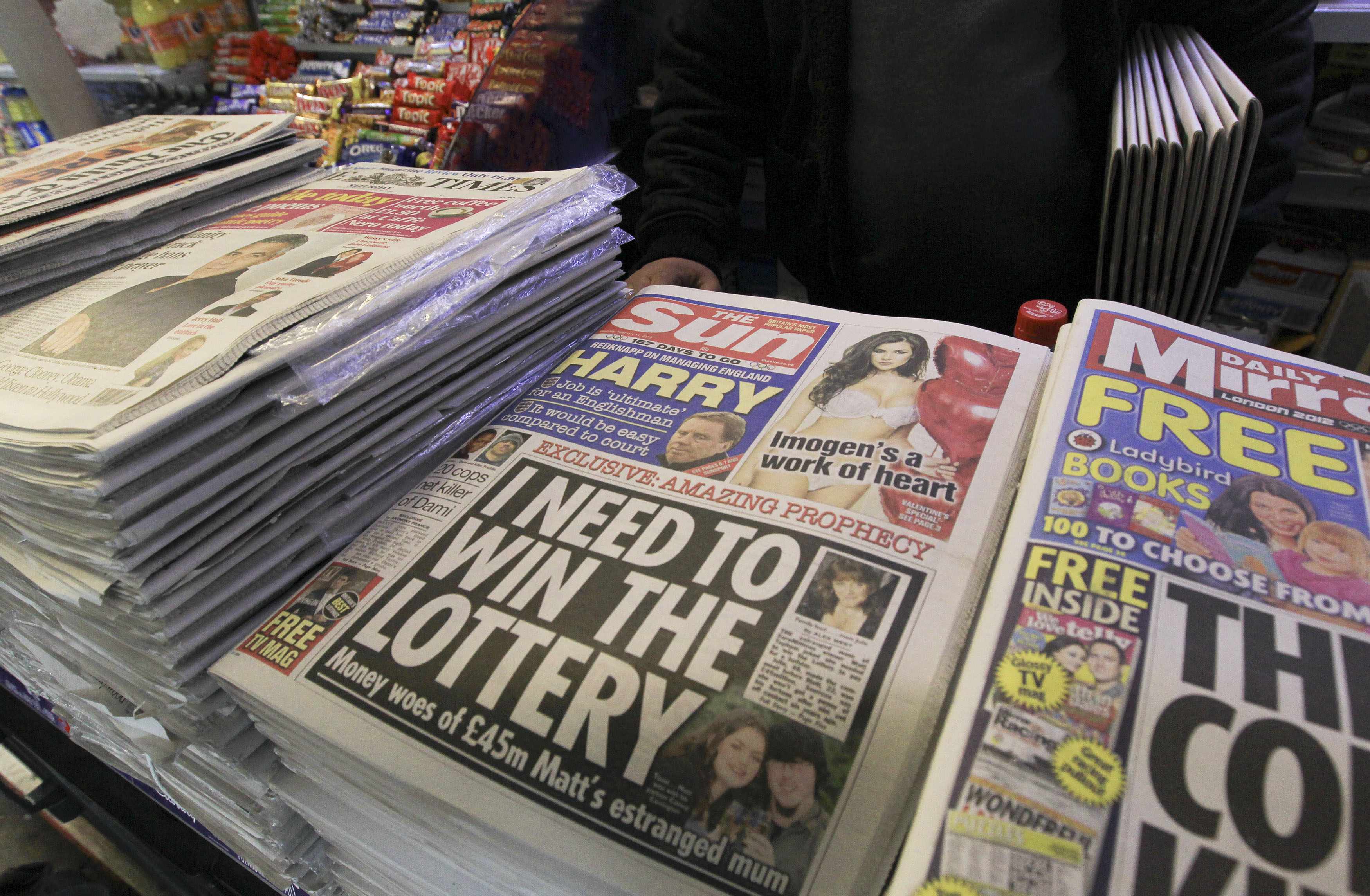Social Inequalities in News Consumption

Research conducted by the Reuters Institute has revealed social inequalities in news consumption across the UK. Those from lower social grades were found to access fewer sources of news per week, especially online. They were also found to be less likely to go directly to a source of news.
The study, ‘Social Inequalities in News Consumption’ by Antonis Kalogeropoulos and Rasmus Kleis Nielsen, measured the number of news sources – both online and offline – used by individuals in the UK, according to their social grade. For this study, social grades were taken from the Market Research Society which classifies individuals according to their occupation from grades A (highest) to E (lowest).
Despite some offline news sources, such as the Sun, the Mirror and ITV News, having higher usage among those in lower social grades, there are no online sources which have significantly more users from lower social grades.
The report finds that news consumption - measured on the basis of the number of news sources used on a weekly basis - particularly online, is more unequally distributed in the UK than income. The GINI coefficient for news consumption inequality measured .42 for offline news sources (on a scale of 0 to 1, with 1 being maximum inequality) and .55 for online sources. For comparison, the GINI coefficient for income inequality in the UK is .36.
As online news sources grow, there are fears that the overall level of social inequality in news consumption will grow accordingly.
The study also finds:
- Around a quarter of the population do not access news online, with a comparable proportion accessing just one online news source
- The median number of online news sources consumed in the UK is one, compared to two for offline sources
- Of the offline news sources studied, The Times, the Guardian and BBC Radio news are more popular with those in higher social grades; the Daily Mail and Sky News each have a similar proportion of users from lower and higher social grades
- BBC television news is by far the most consumed news source with 60% of respondents in grades ABC1 and 55% of respondents in C2DE watching on a weekly basis. Online, BBC News is also the most read news source by those in lower and higher social grades.
Lead author Antonis Kalogeropoulos said: “As we move towards an increasingly digital media environment, the social inequality documented here is likely to increase. While less visible than the political polarisation of some people’s news use, we would suggest that such social inequalities in news use – here analysed in terms of social grade, but also potentially pronounced in terms of, for example age, gender, or ethnicity – is at least as important as the question of how highly motivated and often vocal, and hence visible, partisans use news. In principle, most journalists would like news to reach everybody more or less equally, irrespective of social grade. Despite the ease of accessing news online, today, that is clearly not happening.”


